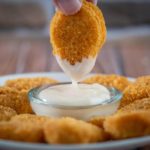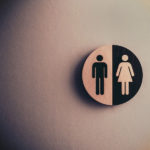The Birth of Speedee: McDonald’s First Mascot
The Origins of Speedee: McDonald’s Early Symbol
The journey of McDonald’s mascots began with Speedee, the brand’s first character. Named after the “Speedee Service System,” McDonald’s revolutionary fast service concept, Speedee was a chef hat on top of a winking hamburger face. This mascot was not just a fun character but also symbolized the speedy service that set McDonald’s apart from competitors.
Speedee’s Role in McDonald’s Branding Strategy
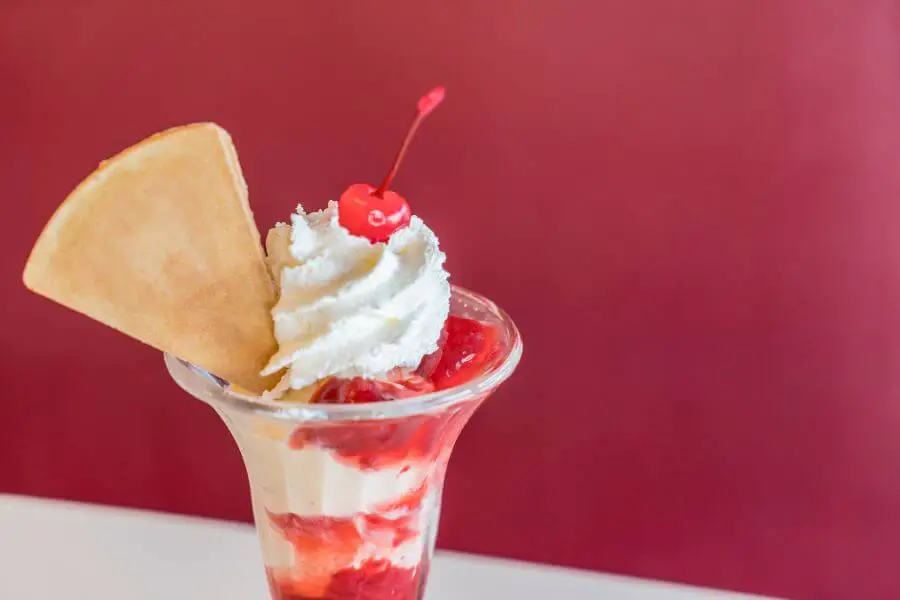
Speedee played a crucial role in McDonald’s early branding strategy. As the company’s first logo, Speedee helped establish McDonald’s identity as a fast, efficient service restaurant. Despite being replaced later by more recognizable mascots, Speedee laid the foundation for McDonald’s brand image.
The Iconic Ronald McDonald Era
Introducing Ronald McDonald: The Friendly Clown
After Speedee, McDonald’s introduced a character who would become one of the most recognizable mascots worldwide – Ronald McDonald. The friendly clown was created to appeal to the brand’s younger audience, embodying fun and happiness, two elements central to the McDonald’s experience.
How Ronald McDonald Became the Face of McDonald’s
Ronald McDonald quickly became the face of McDonald’s, representing the brand in commercials, promotional materials, and even having a charity named after him – the Ronald McDonald House Charities. His popularity among children and recognition among adults cemented his status as the iconic McDonald’s mascot.
Grimace, Hamburglar, and Friends: The McDonaldland Characters
The Introduction of McDonaldland: A Fantasy World
In the 1970s, McDonald’s expanded its cast of mascots with the introduction of McDonaldland, a fantasy world inhabited by various characters. This move added depth to the brand’s storytelling and made its marketing campaigns more engaging.
Character Profiles: Grimace, Hamburglar, and Others
Among the most loved McDonaldland characters were Grimace, a large, purple creature who was Ronald McDonald’s best friend, and Hamburglar, a mischievous character always trying to steal hamburgers. Other notable characters included Mayor McCheese, Officer Big Mac, and the Fry Guys.
The Shift to a Healthier Image: The McWorld Campaign
The McWorld Campaign: Emphasizing Nutrition and Play
As McDonald’s faced criticism over children’s nutrition, the company launched the McWorld campaign in the 1990s, emphasizing play and discovery. This shift in marketing strategy saw the retirement of some classic mascots, replaced by new characters promoting balanced eating and active play.
The Retirement of Some Classic Mascots
Despite their popularity, some McDonaldland characters were retired during this period. While Ronald McDonald remained the face of the brand, other characters like Grimace and Hamburglar took a backseat as the company moved towards a healthier image.
Introducing New Faces: Birdie, the Early Bird, and The Fry Kids
Birdie the Early Bird: Adding a Feminine Touch
Birdie, the Early Bird, was introduced as the first female character in the McDonald’s mascot lineup. Representing breakfast menu items, Birdie helped diversify the brand’s character roster and added a feminine touch to McDonald’s marketing.
The Fry Kids: Cute and Playful Additions
The Fry Kids, cute and colorful characters representing McDonald’s famous fries, were another playful addition to the mascot family. These characters added a fun element to McDonald’s advertising and further appealed to the brand’s young audience.
A Break from Mascots: The “Did Somebody Say McDonald’s?” Campaign
Shifting Focus: Advertising without Prominent Mascots
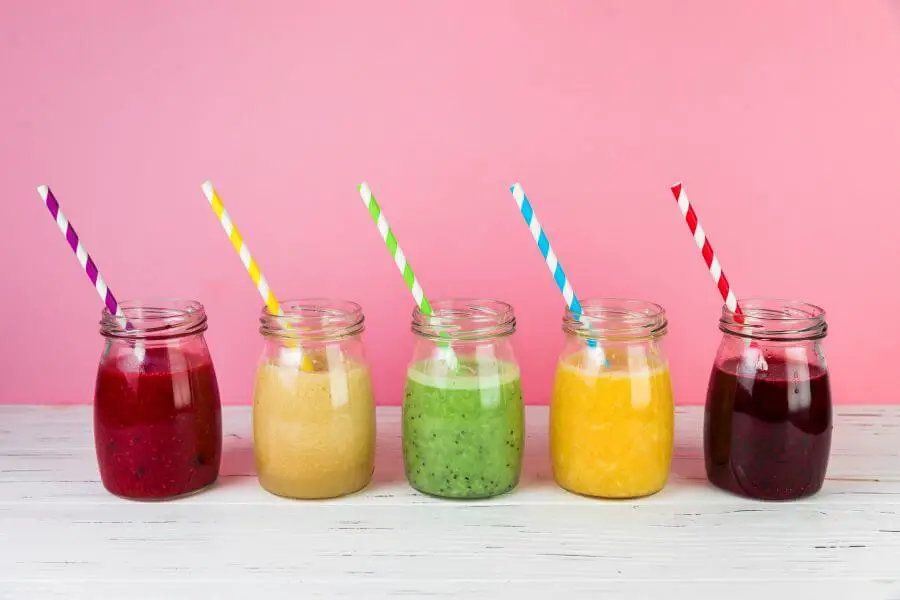
In the late 1990s and early 2000s, McDonald’s shifted its advertising focus from mascots to the food itself with the “Did Somebody Say McDonald’s?” campaign. This shift marked a period where mascots took a backseat, and the emphasis was on the quality and taste of McDonald’s food.
Assessing the Impact: How the Campaign Resonated with Consumers
The campaign resonated well with consumers, helping McDonald’s reinforce its position as a leading fast-food brand. However, the absence of mascots was felt by many, especially those who grew up with characters like Ronald McDonald and Grimace.
The Return of Classic Mascots: Nostalgia in Marketing
Nostalgia Marketing: McDonald’s Brings Back Classic Characters
In response to consumer sentiment, McDonald’s brought back some classic characters in recent years, tapping into the power of nostalgia marketing. Characters like Hamburglar and Grimace made comebacks, albeit with modernized looks to fit contemporary advertising styles.
Modernizing the Classics: How the Mascots Adapted to Contemporary Marketing
The returned mascots were given a makeover, adapting to the aesthetics of modern marketing. For instance, Hamburglar was reintroduced as a more refined character, swapping his cartoonish look for a more realistic one.
Happy: McDonald’s Latest Mascot for a New Generation
Introducing Happy: The Animated Happy Meal Box
In 2014, McDonald’s introduced Happy, a new mascot shaped as a Happy Meal box with a set of animated eyes and a large, joyful smile. Happy was designed to promote balanced and active lifestyles among children, aligning with McDonald’s commitment to children’s health.
Happy’s Role in Promoting Balanced and Fun Meals
Happy plays a significant role in promoting McDonald’s healthier menu options for kids. Through Happy, McDonald’s communicates its message of fun, balanced eating, encouraging children to enjoy their meals while also valuing nutrition.
Mascots Beyond Advertising: Merchandising and Social Impact
The Merchandising Power of McDonald’s Mascots
Beyond advertising, McDonald’s mascots have significant merchandising power. Over the years, characters like Ronald McDonald, Grimace, and Happy have appeared on countless products, from toys included in Happy Meals to clothing and collectible items, contributing to McDonald’s extensive brand presence.
Social Impact: How McDonald’s Mascots Became Cultural Icons
McDonald’s mascots have not only promoted the brand but also become cultural icons. Characters like Ronald McDonald and Grimace are instantly recognizable and hold nostalgic value for many, demonstrating the significant social impact of these mascots.
Future Prospects: How McDonald’s Mascots May Evolve
Predicting the Future: Potential Changes to McDonald’s Mascot Lineup
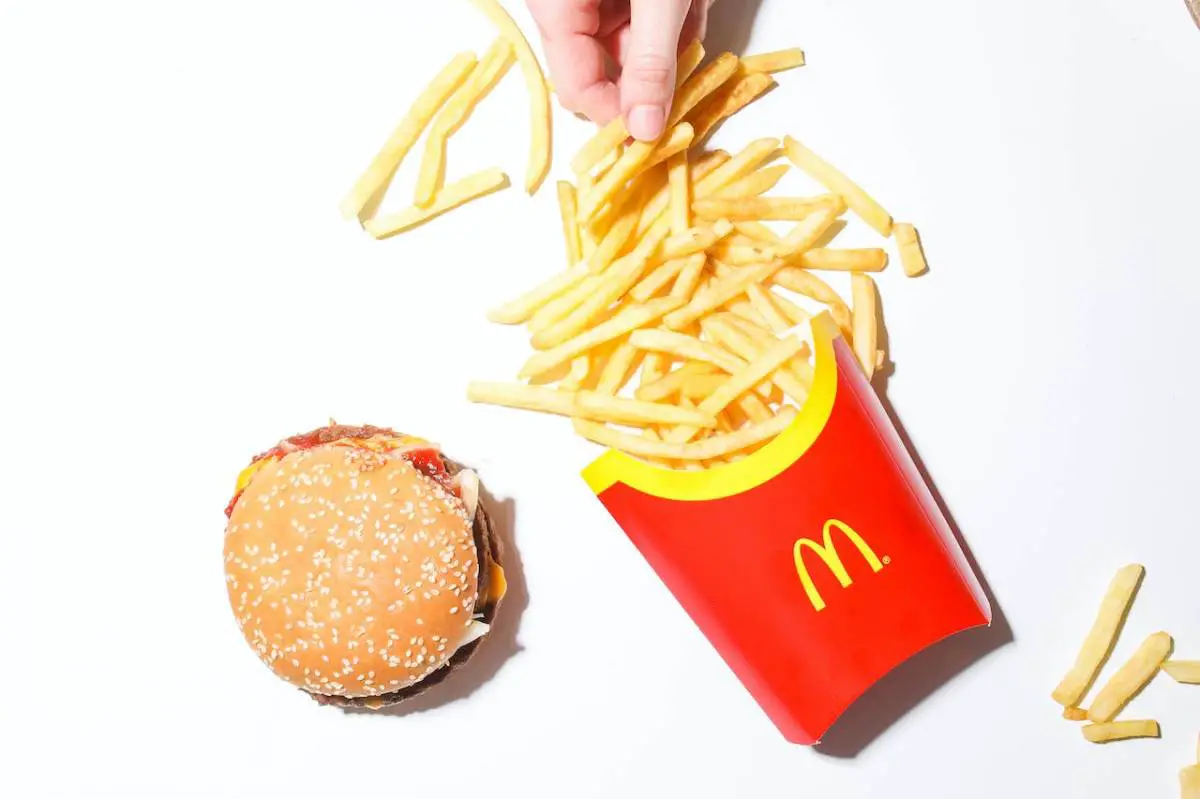
As McDonald’s continues to evolve, its mascots may also see changes. The company might introduce new characters to represent new menu items or campaigns, or bring back retired mascots in response to consumer nostalgia.
Staying Relevant: Strategies for McDonald’s Mascots in a Changing Market
To stay relevant in a changing market, McDonald’s will need to adapt its mascot strategies. This could involve modernizing its classic characters, focusing on digital platforms, or leveraging its mascots for various social initiatives.
Sources
- “The mascots and cartoon history of McDonald’s,” JL Delbert
- “List of McDonald’s Mascots – Characters Database,” Characters DB
- “McDonald’s characters,” McDonald’s Wiki – Fandom
- “Speedee,” McDonald’s Wiki – Fandom
- “Ranking Every McDonald’s Mascot From Least To Most Nightmare Inducing,” Mashed.com
- “What happened to the McDonald’s mascots like Ronald…,” Quora
- “A Look Back At The Evolution Of McDonald’s In 41 Photos,” Yahoo News Singapore

